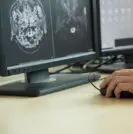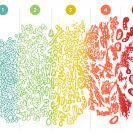Artificial Intelligence in Medicine: AI Helps Pinpoint Who Needs Imaging Most Where MRI is Scarce

Long waits for a prostate MRI can cause anxiety and delay treatment decisions. A new AI tool is designed to help doctors quickly identify which patients need scans most urgently, so they don’t lose valuable time in their cancer care journey. keep reading






